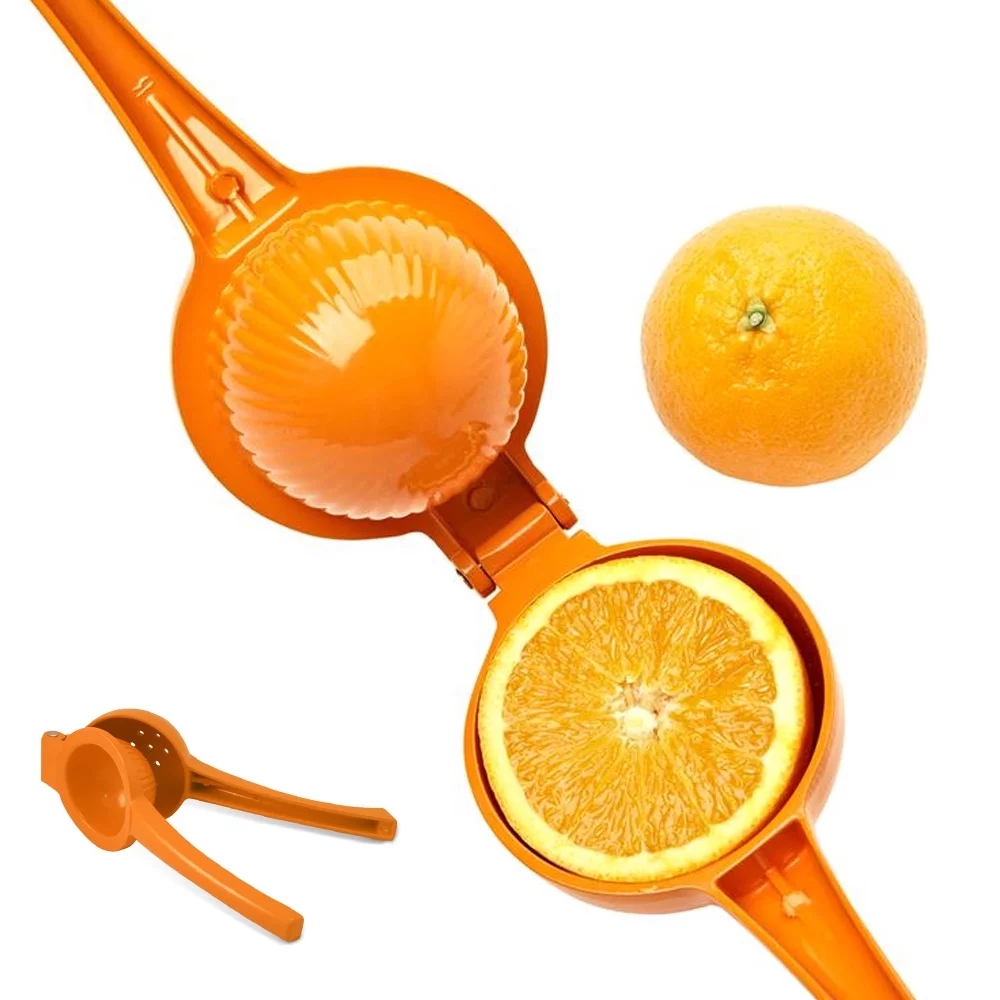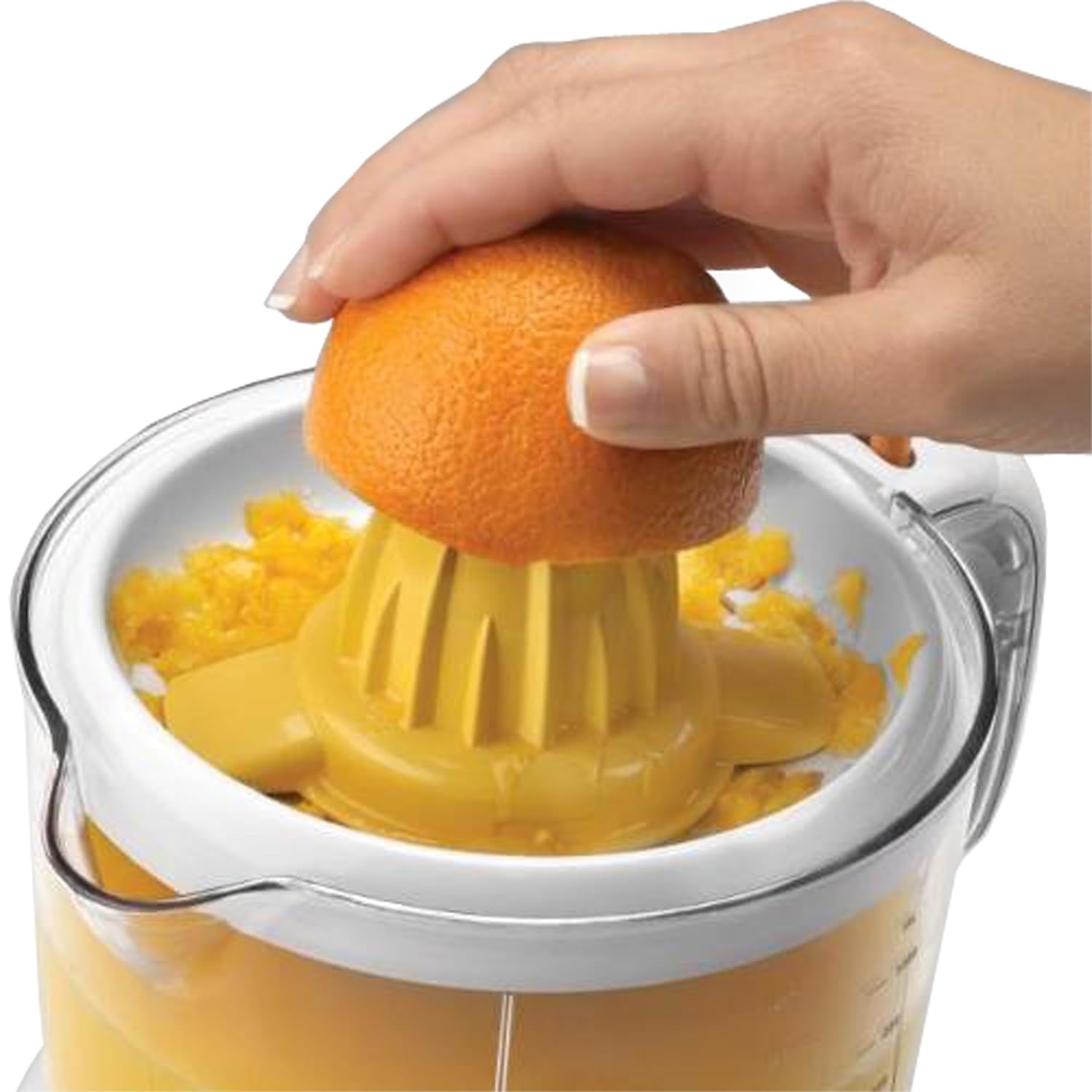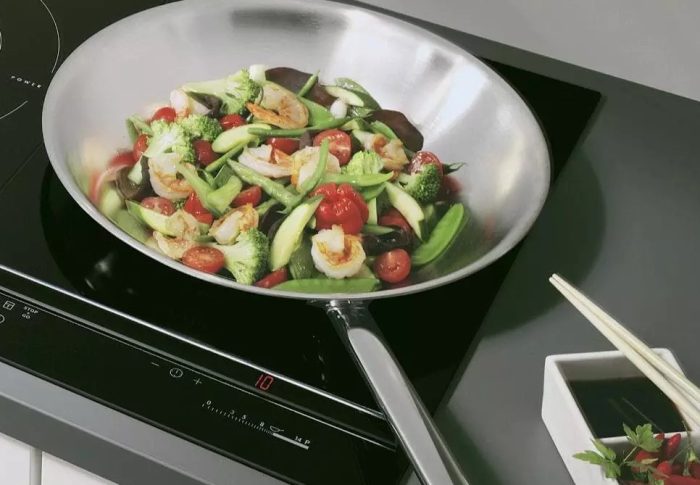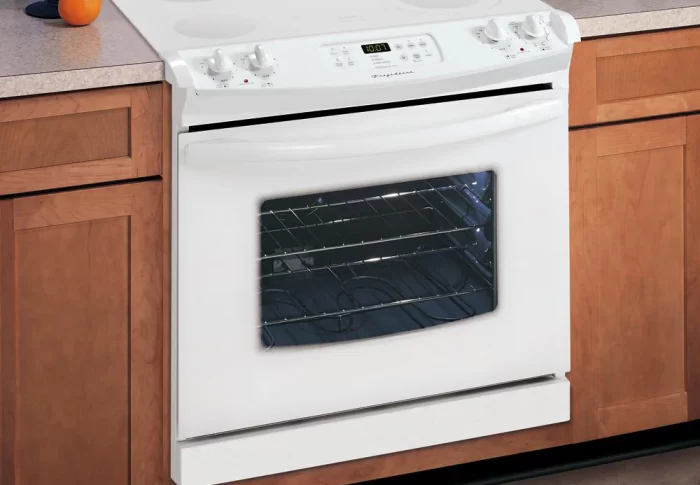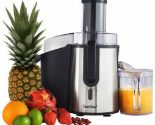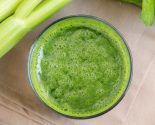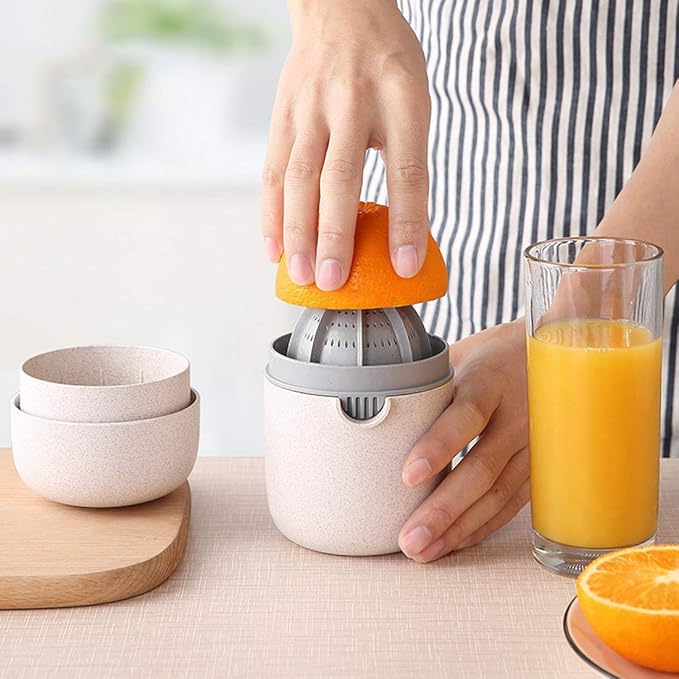
How to Juice an Orange Without a Juicer?
Juicing oranges is a delightful way to enjoy fresh, natural orange juice, but what if you don’t have a juicer at hand? It might seem challenging at first, but there are several effective methods to extract juice from an orange using common kitchen tools. Knowing how to juice an orange without a juicer can be a convenient skill, especially when you crave that refreshing taste of freshly squeezed orange juice. Read on to find out various techniques and tips for getting the most juice out of an orange without using a juicer.
Using Your Hands
The simplest method to juice an orange without a juicer is using your hands. Though it might require a bit of effort, it’s straightforward and effective. Start by rolling the orange on a countertop, applying gentle pressure with your palm. This helps to break down the internal fibers and makes the juice easier to extract.
Next, cut the orange in half crosswise. Hold one half over a bowl with the cut side facing down and squeeze firmly. Rotate the orange half as you squeeze to get as much juice as possible. Repeat with the other half. This manual method might not extract every drop, but it’s efficient for a quick fix.
Using a Fork
A fork can serve as a handy tool to juice an orange without a juicer. Begin by rolling the orange on a hard surface to soften it. Cut the orange in half across its middle. Insert a fork into the flesh of one half and hold it over a bowl.
Twist the fork and press down simultaneously as you squeeze the orange with your hand. The fork’s tines help break apart the segments, allowing more juice to flow out easily. Repeat the process with the other half of the orange. Using a fork can increase juice yield compared to squeezing by hand alone.
Using a Spoon or Citrus Reamer
Another effective way to juice an orange without a juicer is by using a spoon or a manual citrus reamer. These tools help you manually extract juice with minimal effort. Start by cutting the orange in half and pressing it down on the spoon or reamer.
Twist the citrus reamer or spoon while pressing down, allowing the juice to flow into a bowl. This method gives you better leverage and helps drain more juice than simple hand squeezing. For optimal results, ensure you use a sturdy spoon and apply consistent pressure.
Using a Blender
If you have a blender but no juicer, you can still make fresh orange juice. Begin by peeling the orange and removing as much of the white pith as possible. Cut the orange into smaller segments and remove any seeds.
Place the orange segments into the blender and blend on a medium setting until smooth. Pour the blended mixture through a fine mesh sieve or cheesecloth to separate the juice from the pulp. Press down on the pulp to extract as much juice as possible. Using a blender offers a quick way to get smooth, fresh juice.
Using a Potato Masher
A potato masher can also be a unique tool to juice an orange without a juicer. Start by peeling the orange and breaking it into segments. Place the segments into a bowl and use a potato masher to crush them.
Continue pressing and mashing the orange segments until most of the juice has been released. Pour the mixture through a sieve to separate the juice from the pulp. This method might be a bit more labor-intensive, but it can be effective and fun to try.
Using Microwaving Technique
Microwaving an orange can make the juicing process easier. Start by microwaving the whole orange for about 10-15 seconds. The heat helps to loosen the juice inside the orange, making it easier to extract.
After microwaving, let the orange cool slightly before cutting it in half. Use any of the aforementioned methods—hand squeezing, using a fork, or a spoon—to juice the softened orange. Microwaving can enhance the juicing process and increase the juice yield.
Using a Rolling Pin
A rolling pin can serve as a makeshift tool for juicing an orange without a juicer. Begin by rolling the whole orange on a flat surface using the rolling pin. Apply gentle, consistent pressure to soften the fruit and break down the fibers inside.
Once the orange feels softened, cut it in half and squeeze each half over a bowl. This initial rolling step can help maximize the juice extracted during squeezing. A rolling pin is a practical alternative, especially if you’re already using it for other kitchen tasks.
Using a Cheesecloth
Cheesecloth is perfect for separating juice from pulp. Start by peeling the orange and breaking it into segments. Place the segments into a bowl and mash them thoroughly with a fork or potato masher.
Transfer the mashed pulp into a cheesecloth, gathering the cloth’s edges to form a pouch. Twist and squeeze the cheesecloth over a bowl to extract the juice, pressing as firmly as possible to get maximum juice yield. This method requires a bit more preparation but is highly effective in producing smooth juice.
Ensuring Maximum Juice Yield
No matter the method, certain tips can help maximize your juice yield when juicing an orange without a juicer. Choose ripe, juicy oranges as they’re easier to juice and produce more liquid. Pre-rolling or microwaving the orange can also soften it, making the juicing process more efficient.
For techniques involving squeezing, apply firm and even pressure, rotating the orange to extract the most juice. Using tools like forks, spoons, or blenders can help break down the fruit’s fibers, ensuring you get as much juice as possible. Implementing these tips optimizes your juicing efforts.
Cleaning Up
Cleaning up after juicing can be straightforward. Rinse any tools and bowls used in warm soapy water to remove sticky residue from the orange juice. If you used a blender, disassemble it and wash each part separately to ensure thorough cleaning.
Dry all items completely before storing to prevent any mold or residue build-up. Using tools like cheesecloth or sieves might require a bit more effort to clean, but ensuring no pulp remains trapped is crucial for hygiene. Effective cleanup keeps your kitchen tools in good condition for future use.
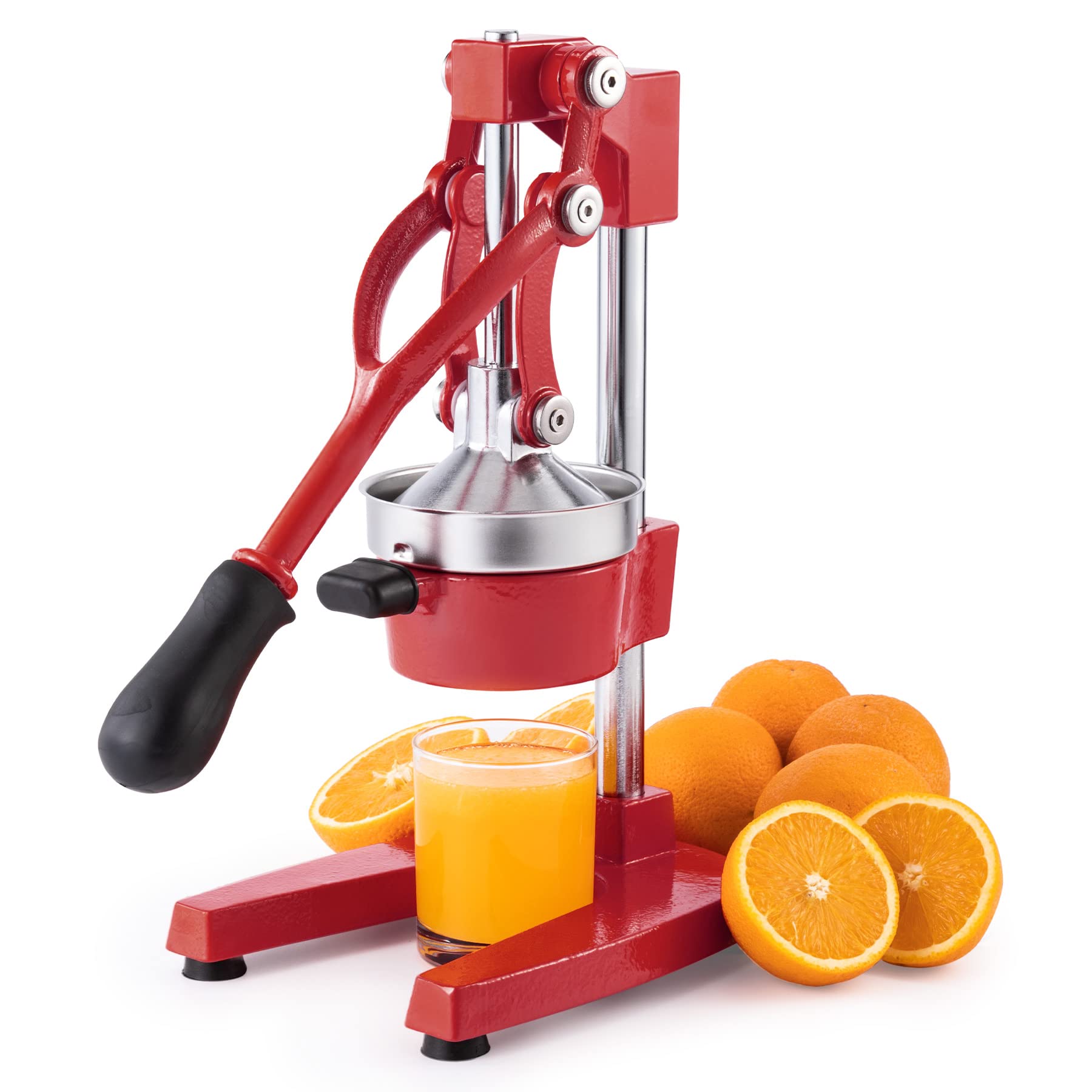 Storing Fresh Juice
Storing Fresh Juice
Freshly squeezed orange juice can be stored in the refrigerator to maintain its freshness. Pour the juice into a clean, airtight container and refrigerate it. Ideally, consume the juice within 2-3 days for the best taste and nutritional value.
If you’d like to keep the juice for longer, consider freezing it. Use ice cube trays for portioning and transfer the frozen juice cubes to a freezer-safe bag or container. Freezing retains the juice’s freshness and allows you to enjoy it later. Proper storage ensures you maximize the benefits and enjoyment of fresh orange juice.
Incorporating Pulp
Instead of discarding the pulp after juicing, consider incorporating it into recipes to add fiber and flavor. Orange pulp can be added to smoothies, baked goods like muffins or cakes, or even as a flavor enhancer in sauces and dressings.
Using the pulp creatively reduces waste and allows you to benefit from the additional nutrients it provides. Experimenting with pulp integration can open up new culinary possibilities and make the most of your oranges. Incorporating pulp is both eco-friendly and nutritious.
Enjoying the Juice
Once you’ve successfully juiced your orange without a juicer, it’s time to enjoy the fruits of your labor. Pour the fresh juice into a glass and serve it as it is or mix it with other fruit juices for a unique blend.
Adding a sprig of mint or a slice of lemon can enhance the flavor and presentation. Drinking freshly squeezed juice not only satisfies your taste buds but also provides numerous health benefits, from vitamin C to antioxidants. Enjoying fresh juice is the rewarding finish to an effective juicing process.
Conclusion: Embracing the Juicing Process
In conclusion, understanding how to juice an orange without a juicer involves utilizing various techniques, from hand squeezing to using common kitchen tools like forks, spoons, and blenders. Each method offers its unique advantages, allowing you to extract fresh juice efficiently. With helpful tips such as pre-rolling, microwaving, and ensuring maximum juice yield, you can achieve excellent results every time. Embracing these techniques not only satisfies your craving for fresh orange juice but also empowers you with the knowledge to adapt and use readily available tools. Enjoying the process and the end product makes the effort worthwhile and delicious.

